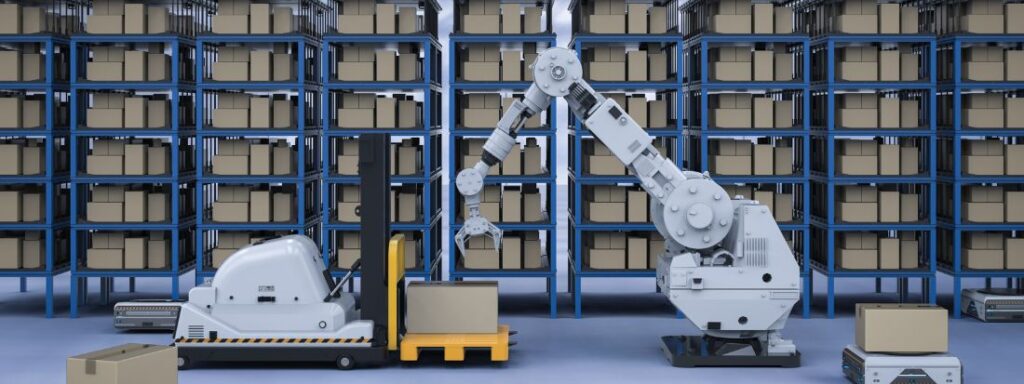
Warehouse management has been greatly influenced by the advent of AI technologies. As companies strive to improve their supply chain operations, AI has become a game-changer in the way warehouses operate. With the rapid growth of e-commerce, warehouses have become increasingly important in supply chain operations. However, traditional warehouse management systems often struggle to keep up with the ever-increasing demands of the industry. This is where AI comes in. AI has the potential to revolutionize warehouse operations, making them more efficient, cost-effective, and safe.
AI has a wide range of applications in warehouse management. It can be used to optimize inventory management, improve picking and packing, enhance safety measures, and provide valuable data analytics and insights. Let’s explore these applications in more detail.
One of the most significant benefits of AI in warehouse management is predictive maintenance and quality control. By using machine learning algorithms, AI can predict when equipment is likely to fail and alert maintenance teams to take action. This helps to prevent costly downtime and ensures that warehouse operations run smoothly.
AI can also be used to optimize inventory management. By analyzing data on customer demand, shipping times, and other factors, AI algorithms can help warehouses to better predict inventory levels and ensure that products are always in stock. This helps to reduce waste, lower costs, and improve customer satisfaction.
Picking and packing is one of the most time-consuming tasks in warehouse management. However, with the use of AI-powered robots, this process can be significantly optimized. Autonomous Mobile Robots (AMRs) can navigate warehouse floors, pick up products, and transport them to packing stations. This not only reduces the time taken to pick and pack products but also reduces the risk of injury to human workers.
AMRs are a game-changer in warehouse management. They are capable of navigating warehouse floors, picking up and transporting products, and even working alongside human workers. By using AI-powered algorithms, AMRs can optimize their movements, ensuring that they take the most efficient route to pick up products. This helps to reduce the time taken to move products around the warehouse and frees up human workers to focus on other tasks.
Safety is a top priority in warehouse management. By using AI-powered sensors and cameras, warehouses can monitor the movement of workers and equipment, identify potential hazards, and take action to prevent accidents. This helps to reduce the risk of injury and improve overall safety measures in the warehouse.
One of the most significant benefits of AI in warehouse management is the ability to provide valuable data analytics and insights. By analyzing data on customer demand, inventory levels, shipping times, and other factors, warehouses can make informed decisions about how to optimize their operations. This helps to reduce costs, improve efficiency, and enhance overall performance.
The benefits of AI in warehouse management are numerous. By leveraging AI technologies, warehouses can:
While the benefits of AI in warehouse management are clear, there are also several challenges that need to be addressed when implementing AI technologies. Some of the key challenges include:
The future of AI in warehouse management looks promising. As technology continues to evolve, we can expect to see even more innovative applications of AI in warehouse operations. Some of the trends to watch out for in the future include:
AI has the potential to revolutionize warehouse management. By leveraging AI technologies, warehouses can optimize their operations, reduce costs, and improve overall performance. While there are challenges to implementing AI systems, the benefits they offer are well worth the investment. As we look to the future, we can expect to see even more innovative applications of AI in warehouse management.
Contact Us
Related
Get started with Axacute and improve your business operations.